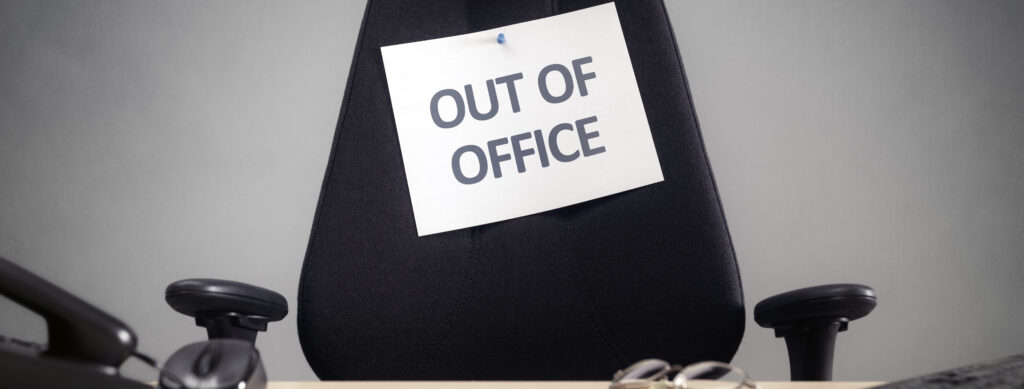Annual leave is paid time off, and is often on an accrued basis. This means that the number of leave available to be applied by an employee must be earned based on the days in the year he has worked. Sometimes, this annual leave is not used by the employee, and employers may want to know how to deal with this leave balance.
1. An existing employee of a Company has accrued but unused annual leave. What can he do with it?
Some employers offer the alternative of “carrying forward” the unused annual leave. This means that the days accrued would be carried forward to the next year, to be used by the employee. Company policy may dictate a limit to the number of days that can be carried forward, or set a deadline as to when the leave carried forward must be utilised.
Some employers require all employees to exhaust their accrued annual leave before the end of the year.
For employees governed by the Employment Act 1955 (“EA Employees”), these employees are statutorily entitled to a minimum amount of annual leave. Section 60E(2)of the Employment Act 1955 states the employer shall grant, and the employee shall take their annual leave “not later than 12 months after the end of every 12 months continuous service”. Failure to do so means the employee shall forfeit his annual leave balance. For example, if an EA employee has 10 days of annual leave after every 12 months of continuous service, he may utilise this 10 days of annual leave up to 12 months later.
2. Can an existing employee convert his unused annual leave into cash?
There is no legal obligation for an employer to allow an employee to encash their unused annual leave, unless this is in the employee’s contract or in a policy or handbook. However, where an employee ceases employment, payment should be made for their accrued but unused annual leave.
3. Can an employee use their annual leave while serving their notice period?
An employee who has resigned and is serving his notice can apply to use his annual leave during the notice period to “bring forward” his last physical day in the office. Utilisation of annual leave in this manner does not change the employee’s last day of employment but merely changes the last physical day in office. The employer has a discretion to approve or reject the employee’s request to utilise their annual leave in this manner.
This differs from the concept of “early release” where parties agree to waive or shorten the agreed notice period.
4. What happens if an employer rejects an employee’s application to use their annual leave?
For EA employees, if the employer requests the employee not to use their annual leave, and as a result thereof the employee cannot use up their annual leave within the period stipulated in the EA, the EA employee should have payment in lieu of such annual leave.
For the other employees, it will depend on the employee’s contract of employment or company policy on annual leave.
5. What can an employee do if the Company refuses to make payment of the employee’s accrued but unused annual leave after the employee leaves the Company?
The employee can take legal action against the Company, either in the civil courts (based on a claim for breach of contract) or by filing a complaint with the Director General of Labour under Section 69 of the Employment Act 1955 (if the employee’s wages are below RM5,000 a month).
For EA employees – any employer who contravenes the annual leave provisions under the Employment Act 1955 commits an offence. On conviction, the employer can be ordered to pay the employee the ordinary rate of pay for every day of annual leave not granted.
TLDR? Here’s a quick rundown on what you can do with your unused annual leaves:
While annual leave is an entitlement of employees, it does not mean that employees can use their annual leave whenever or however they like. Annual leave is still subject to approval by the employer. Employers and employees should be flexible and cooperative with each other when dealing with annual leave, especially if it involves the notice period of an employee leaving employment.
Employers should re-examine their annual leave policies to identify gaps such as how accrued and unused annual leave is treated. A clear policy in writing will mitigate the risk of disputes. Further, a proper structure will have financial benefits to the company since it can properly plan, project and limit the costs involved in encashment of accrued but unused leave of departing employees.
This article was written by Donovan Cheah and Zi-Han Lim originally on their website. Donovan has been named as a Recommended Lawyer for Labour and Employment by the Legal 500 Asia Pacific 2017, 2018, 2019, 2020 and 2021, and he has also been recognised by Chambers Asia Pacific and Asialaw Profiles for his employment law and industrial relations work.
Donovan & Ho is a law firm in Malaysia. Our practice areas include employment law, dispute resolution, tax advisory and corporate advisory. Have a question? Contact them here.
